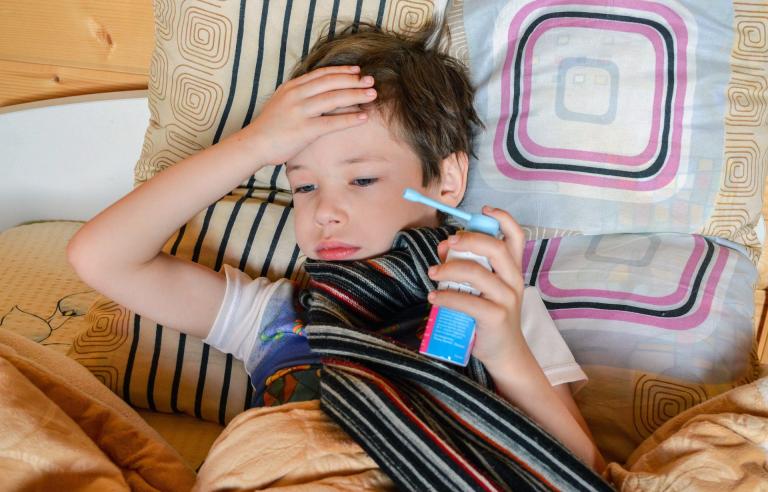 Mallory was seen in therapy for about six months and not making much progress. She had a history of trying several antidepressants and working her therapy, but not getting better. So she agreed to try something different. It’s called TMS (Transcranial Magnetic Stimulation). TMS is not indicated for those with seizure disorders, implanted metallic hardware, cochlear implants, implanted electrical devices, and unstable medical disorders. Mallory had none of those concerns so she figured it was worth a try.
Mallory was seen in therapy for about six months and not making much progress. She had a history of trying several antidepressants and working her therapy, but not getting better. So she agreed to try something different. It’s called TMS (Transcranial Magnetic Stimulation). TMS is not indicated for those with seizure disorders, implanted metallic hardware, cochlear implants, implanted electrical devices, and unstable medical disorders. Mallory had none of those concerns so she figured it was worth a try.
Depression is widespread. According to the National Alliance on Mental Illness, 300 million people experience depression worldwide. And while we have good treatments for depression, sometimes the standard treatments don’t work. When this happens, we call this a treatment resistant depression–meaning just like it sounds. The treatment isn’t working. It is resisting conventional ways of helping.
In 1985, TMS technology was developed to treat treatment resistant depression. Since that time, it has been approved by the FDA (2008). It is used mostly when antidepressants and/or psychotherapy don’t work. The technology involves a noninvasive procedure to treat unipolar depression in those who have failed at least one antidepressant treatment.
Basically, it works like this. A metal coil is placed against the scalp. An alternating current passes through the coil in order to generate alternating magnetic fields. These magnetic currents pass through the skull and create an electrical current that depolarizes neurons in a focal area of the surface cortex. The procedure changes activities in brain regions related to mood regulation by stimulating them. So basically, it is stimulating nerve cells in the brain. No surgery, anesthesia or implantation of electrodes is needed.
Side effects are minimal. The most common reported side effectsmare headache, scalp discomfort from the site of stimulation, tingling, spasms, or twitching of facial muscles and lightheadedness.
In Mallory’s case, she went to a physician’s office for the procedure. She had five treatments, five days a week for a total of six weeks. Her appointments usually lasted an hour at a time. She sat in a reclining chair and a technician gave her earplugs to help with the noise of the machine during the procedure. The coil was placed on her head and the machine produced repeated stimulating pulses. She heard clicking sounds and felt tapping on her forehead. When the procedure was over, she was alert and able to drive herself back to work. In her case, rTMS (repetitive TMS) made a big difference in treating her depression.
The benefits of using this type of brain stimulation therapy are many. The treatment is done in an outpatient settings and does not have serious side effects. Most people tolerate it well with the most common side effects of headache and scalp pain.
TMS is an alternative treatment for those who don’t respond well to traditional depression treatment. And for many, it just might be the alternative treatment needed to get their life back. Talk it through with your physician and see if this treatment is right for you.


